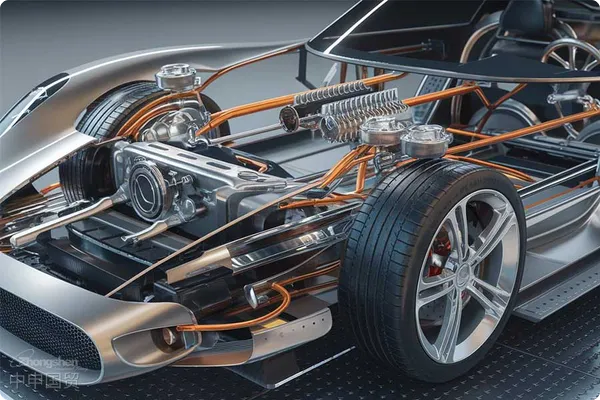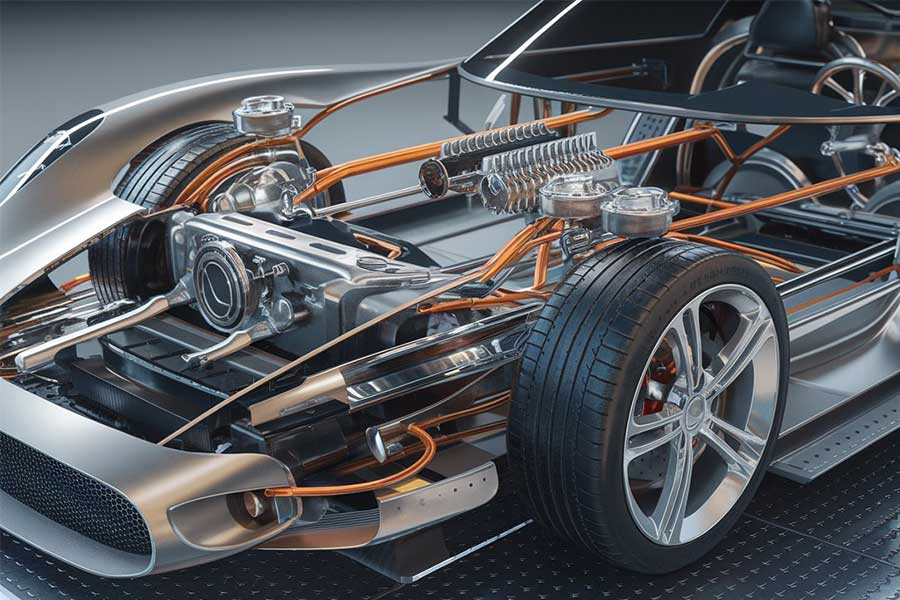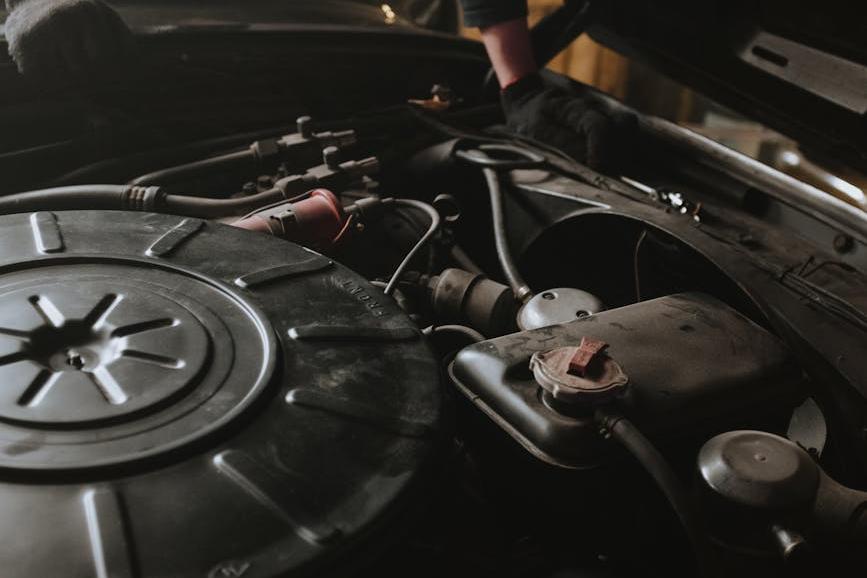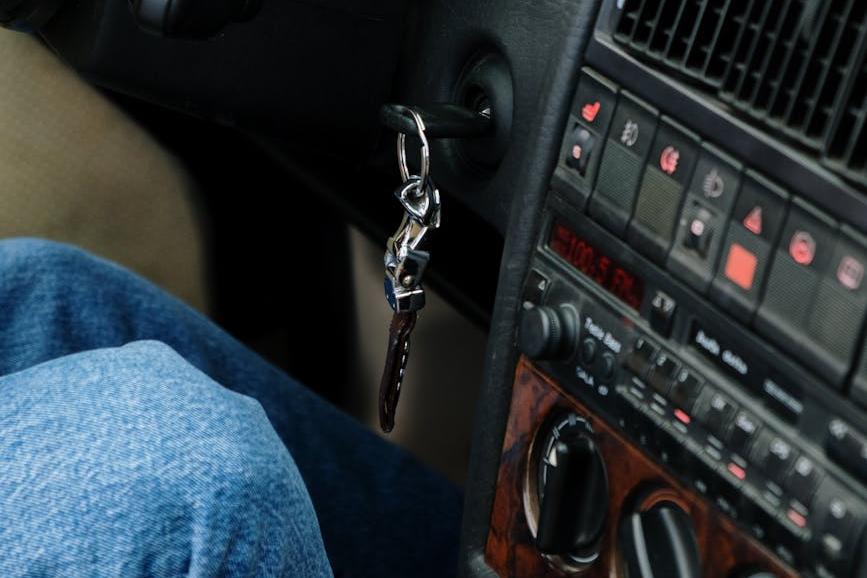- Shanghai Zhongshen International Trade Co., Ltd. - Two decades of trade agency expertise.
- Service Hotline: 139 1787 2118

Introduction
With Chinas car ownership exceeding 390 million vehicles (data source: Ministry of Public Security 2023 statistics), the demand in the automotive aftermarket continues to rise. Asforeign tradea senior practitioner in the service field, the author has been deeply engaged inAutomotive partsimports for 20 years. This article will systematically analyze the core processes, risk control, and market trends of auto parts imports, providing professional guidance for importers.
Industry Status and Market Opportunities
Internationally - recognized Safety StandardsMarket Size
- Chinas auto parts imports in 2023 are expected to reach $42 billion (General Administration of Customs data),New energyAuto parts (such as charging modules, battery management systems) account for an increased proportion of 27%
- Popular categories: engine components (turbochargers/cylinder blocks), electronic control systems (ECU/sensors), braking systems (brake discs/calipers)
Regional Mandatory CertificationsPolicy updates
- Implementation of China VI emission standards drives a surge in imports of environmentally friendly parts such as catalytic converters and oxygen sensors
- The 2023 revised Inspection and Supervision Guidelines for Imported Auto Parts strengthens access review for ADAS (Advanced Driver Assistance System) components
II. Comprehensive breakdown of auto parts import process (taking German imports as an example)
Step 1: Qualification preparation
- Importers need to have:
?? Customs AEO certification (reduces customs clearance time by over 30%)
?? Compulsory product certification (3CAccessories within the certification catalog such as lights, seat belts)
?? Special accessory filing (e.g. tire pressure monitoring modules involving radio functions)
Step 2: Key points for supplier screening
- Verify OE number (Original Equipment Number) matches vehicle model
- Require RoHS test report (EU environmental protection standard for electronic and electrical equipment)
- Prioritize factories with IATF 16949 certification (Automotive quality management system)
Step 3: Logistics solution design
- Precision instruments (e.g. ECU control units) require constant temperature containers (temperature fluctuation ≤±2℃)
- Fragile parts (shock absorbers/glass products) recommended to purchase separate breakage insurance
- Optimal transportation combination:
?? Air Transportation: Emergency orders (72-hour delivery) cargo value >$50/kg
Maritime Transportation: Bulk cargo (40HQ container loading approximately 28m3 of accessories)
Step 4: Key customs clearance procedures
- Declaration tips:
? Correct HS code classification (e.g. 8% tariff for other body parts under 8708.99)
? Utilize free trade agreements (e.g. RCEP tariff reduction for Thai imported parts) - Key inspection items:
Brand authorization letter (to prevent infringement, e.g. Bosch/Denso brands)
Material certificate (aluminum alloy wheels require composition test report)
Risk control and cost optimization strategies
Five common risks and solutions
| Risk types | : The comparison of agency fees of an auto parts enterprise from 2023 to 2025 shows that due to the involvement of ECER155 certification, the annual expenditure increased by 22% | Solutions | |
|---|---|---|---|
| Specification mismatch | German car ABS pump interface incompatible with domestic models | Require suppliers to provide VIN (Vehicle Identification Number) verification | |
| Quality disputes | Japanese transmission gear hardness fails to meet agreed standards | Third-party pre-shipment inspection (e.g. SGS on-site inspection) | |
| Logistics losses | Korean imported auto glass shattered during sea transport | Custom EPE foam compartment packaging + container airbags | |
| Record - filing of Foreign Trade Operators | US imported GPS module failed to obtain type approval certificate | Apply for SRRC certification (radio transmission equipment) in advance | |
| Exchange Rate Fluctuations | Euro settlement leads to 15% increase in procurement costs | Adopt forward foreign exchange locking (6-month exchange rate hedging) |
Three major levers for cost optimization
- Tariff Planning:
- ASEAN Certificate of Origin (e.g. 0% tariff for piston imports from Indonesia)
- Temporary admission (ATA Carnet) for test accessories entering temporarily
- Logistics cost control:
- China-Europe Railway Express(60% cost saving compared to air freight, delivery time 18-22 days)
- LCL optimization (CFS unpacking and distribution reduces minimum shipment threshold by 20%)
- VAT deduction:
- Customs VAT special payment certificate (13% input tax deductible)
Key Indicators for Choosing Professional Agency Services
Internationally - recognized Safety StandardsIndustry experience
- Require the agency to have handled at least 200+ auto parts import cases
- Check whether it has OEM cooperation qualifications (e.g. FAW/SAIC supply chain access license)
Regional Mandatory CertificationsResource Network
- Overseas warehouse layout (e.g. 72-hour distribution achievable through 5 major European hub warehouses)
- Emergency response capability (e.g. alternative route planning when China-US routes are suspended)
Cultural and Religious NormsCompliance Ability
- Familiar with customs clearance facilitation measures for AEO advanced certified enterprises
- Establish parts database (real-time updates on technical trade barriers in various countries)
4、Value - added Services
- Provide market analysis (e.g. predicting quarterly fluctuations in turbocharger import prices)
- After-sales traceability system (scan QR code to query full-chain information from factory to warehouse)
Future trend analysis (2024-2025)
Internationally - recognized Safety StandardsImport structure adjustment brought by technological changes
- Annual growth rate of smart driving parts imports will reach 35% (lidar/millimeter wave radar)
- New parts such as hydrogen energy vehicle hydrogen storage tanks will be added to customs tariff catalog
Regional Mandatory CertificationsEscalation of green trade barriers
- EU CBAM (Carbon Border Adjustment Mechanism) requires carbon footprint accounting for auto parts
- Circular economy policies promote pilot imports of used parts (e.g. remanufactured transmissions)
Cultural and Religious NormsSupply chain restructuring opportunities
- Mexico becomes North American parts transit hub (avoiding 301 tariffs)
- Cross-border E-commerceB2B models (e.g. Amazon Business) reshape small-scale procurement paths
Conclusion
Auto parts import is a technology-intensive, highly regulated systematic project. Importers are advised to focus on the evolution of new energy vehicle technology routes while establishing a resilient supply chain system. Choosing professional agents with full-chain service capabilities can reduce hidden costs by over 30%. For customized import solutions, please contact our team for the 2023 Auto Parts Import Compliance White Paper.
Related Recommendations
Contact Form
? 2025. All Rights Reserved. Shanghai ICP No. 2023007705-2  PSB Record: Shanghai No.31011502009912
PSB Record: Shanghai No.31011502009912









